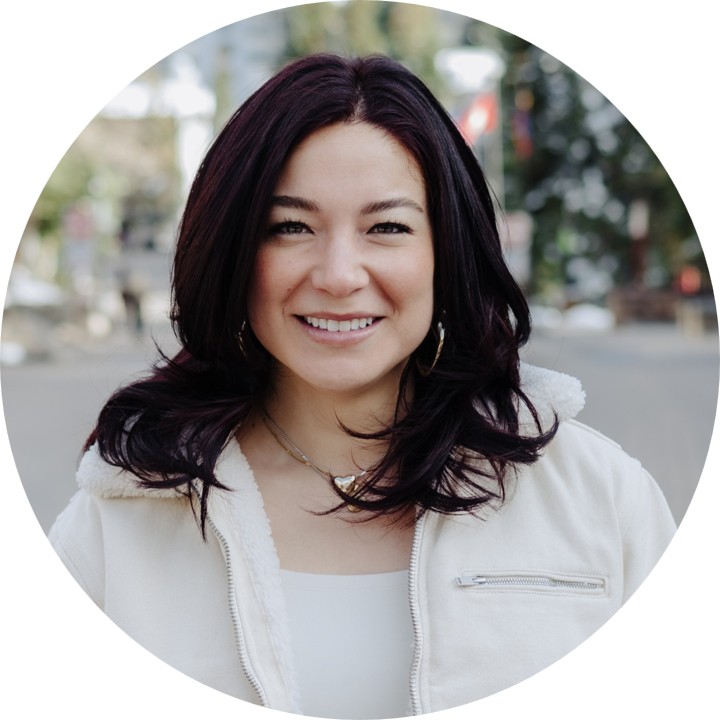.png)
Webinar: Unlocking Your Creative Edge with Tye Glover
Last week, Tye Glover, ideation coach and founder of Creative Juices, and Ophir Katzir, CEO of SenseIP, came together to explore an elusive yet timely topic: creativity.
What does it mean to be creative?
Can we learn to be more innovative?
How is Gen AI shaping how we create?
Creativity Begins in the Mind
You might think creativity is something you’re born with or your ability to tap into random inspiration. But Glover begins with a quieter truth: creativity is a mental process that comes before we ever see the art, the product, or the results.
“It all starts in the mind,” he explains. “Everything created – a car, a codebase, a canvas – existed first as thought.” And it isn’t reserved for artists. It’s how physicians, finance professionals, engineers, and leaders solve problems.
Glover’s work and philosophy describes creativity as the process of learning to think differently on purpose – a mental architecture accessible to everyone. Glover’s profile reads, “You know the tools. Now learn to think.”
Our interest is piqued.
Inside Our Reality Boxes
The mental architecture Glover is referencing? It is made up of what Glover calls “reality boxes.”
A reality box is a mental framework that both guides and limits how we understand the world. These boxes are built from assumptions about how things work, what’s possible, and what isn’t. They’re shaped by our upbringing, education, social narratives, and more. Reality boxes help us navigate complexity and make sense of experience. But, Glover warns, they can also trap us.
“We connect assumptions to other assumptions,” he says. “Those boxes keep us where we are. But if you want to be truly creative, the box has to first collapse.” Pressure-testing those boxes starts with awareness. Notice where your assumptions come from. Borrow perspectives from other fields. Ask how concepts in one domain might challenge the boundaries of another.
Reality boxes are useful, but incomplete. The more we consciously question them, the more space we make for new ideas.
The Cost of Creativity
Challenging your reality boxes isn’t easy. It takes real, measurable energy.
“Creative thought burns more calories than idle thought,” Glover says. “You have to choose where to spend it … don’t waste it.” He calls this mental energy creative calories. The act of paying attention – to your life and your reality boxes – takes effort. It takes consciousness, and sometimes discomfort.
“You need to be emotionally resilient,” adds Katzir.
They agree this is the mental state where new awareness and, thus, new ideas emerge.
Observe the Obvious
When an audience member asked how to become more creative, Glover offered advice that sounded simple but landed deeply: “Observe the obvious.”
Creativity draws from lived experience. Every frustration, every moment of curiosity becomes raw material for new thinking. He encourages people to treat life itself as data collection. “Nothing is wasted unless you waste it,” he said. “The fragments we notice and remember become the dots we later connect.”
This is what presence looks like in practice: attention to what’s already here, openness to what could be, and trust that your mind is always finding patterns, often across experiences that seem unrelated.
AI as a Mirror for the Mind
As the conversation turned to AI, Glover and Katzir noted that in many ways, artificial intelligence mirrors the creative mind. Both take in inputs, recognize patterns, and generate connections that feel new.
“The foundation of computing logic was created by George Boole, who used the same laws of reality to develop the understanding of the if / then statements. AI is so powerful because it replicates the process of human thought itself. It’s a true force multiplier,” reflects Glover.
“It’s probably the biggest revolution we’ve had in a while,” adds Katzir. “This type of creativity is precisely what SenseIP builds toward: helping innovators map patterns across ideas so they can see connections that weren’t visible before, in a safe space. In that sense, AI becomes a partner in the creative process, reflecting back how our own minds work.”
Creativity as Conscious Practice
Glover closed with a reminder that stays with you long after the conversation ends.
“Creativity isn’t a gift,” he said. “It’s a process. It can be learned.”
Observe more.
Question assumptions.
Because creativity doesn’t begin with doing; it begins with seeing.
Innovators and creators can find Tye Glover on LinkedIn to follow his work.
In case you missed it, you can watch the full recording here.





.svg)
.svg)
.svg)
.svg)
.svg)
.svg)